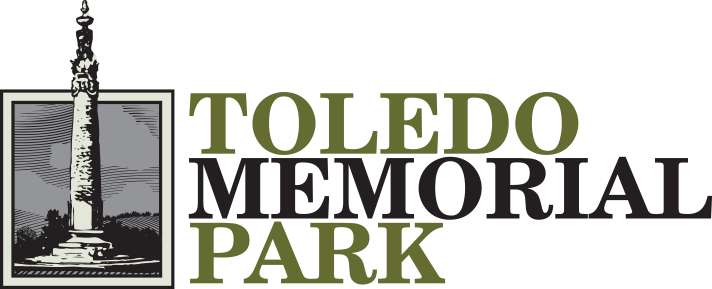As of this past spring, it’s been five years since the initial U.S. shutdown for the COVID-19 pandemic. The impact on the death care field was widespread in that the shutdown forced providers to find new ways to perform memorials and funerals, while the pandemic itself caused an unprecedented influx of deaths, overwhelming funeral service providers across the country.
With the surge in deaths, many funeral providers found themselves handling a number of cases far exceeding their capacity. Because of this, providers had to find new ways to work. These included using portable refrigeration units, implementing very strict safety protocols for storage and incorporating technology in new ways.
According to the National Funeral Directors Association (NFDA), more than half of its members began offering live-streamed services to accommodate families. The onset of social distancing and the shutdown made it very difficult for people to gather in large groups, especially indoors. Funeral service providers learned to utilize platforms like Zoom and Skype to hold online ceremonies. While this was initially used as a solution to a problem, it turned out to be a big added service, making attendance possible for people who are unable to travel for any reason.
Another outcome from the pandemic was a shift in consumer perspective toward preplanning. The pandemic had many people facing their mortality, leading people to ask more questions about preparing for their own end-of-life services. As we’ve discussed before, this benefits family members by alleviating a future financial burden and it also makes sure the wishes and needs of the deceased are met in a meaningful way.
The swift adaptations made by providers have created a funeral service industry that has higher standards, increased flexibility, better-prepared families and a new reputation for use of technology. While the pandemic was a difficult time for everyone in so many ways, it’s good to be able to look back and see how our industry has improved and evolved.
